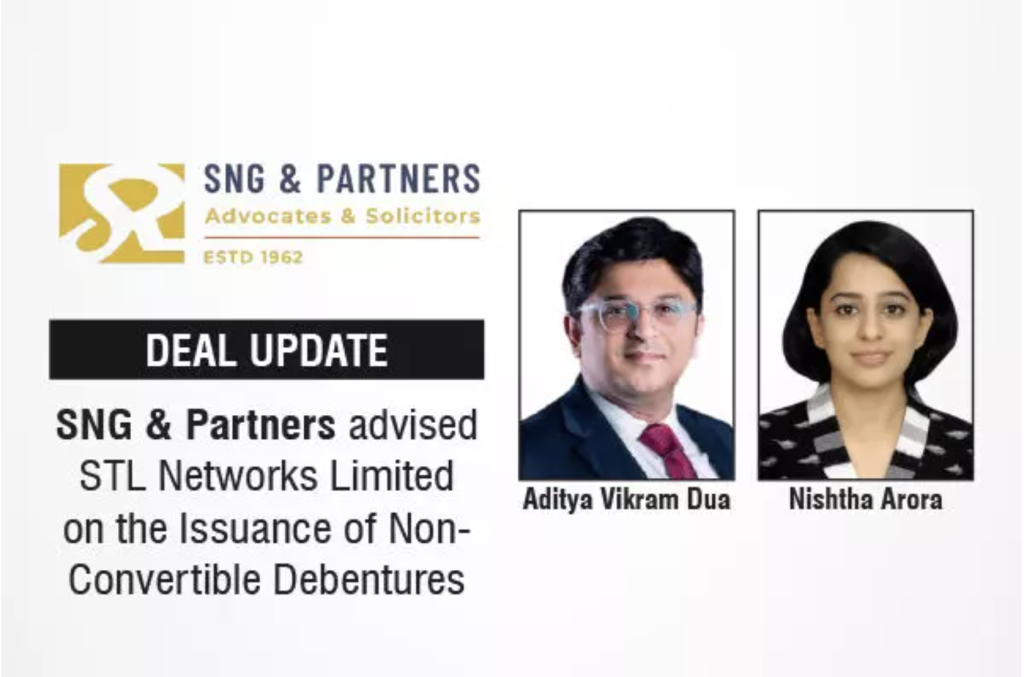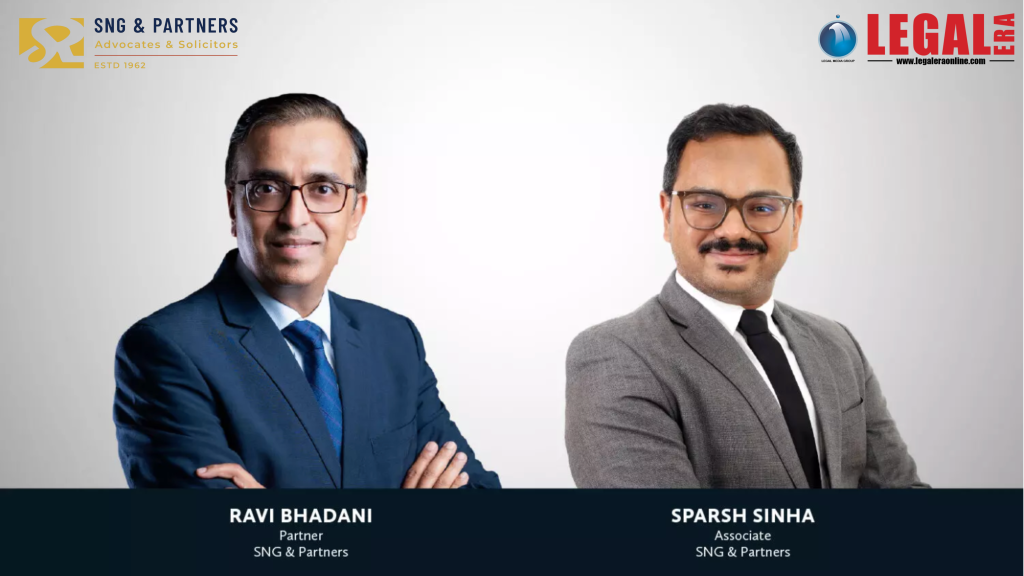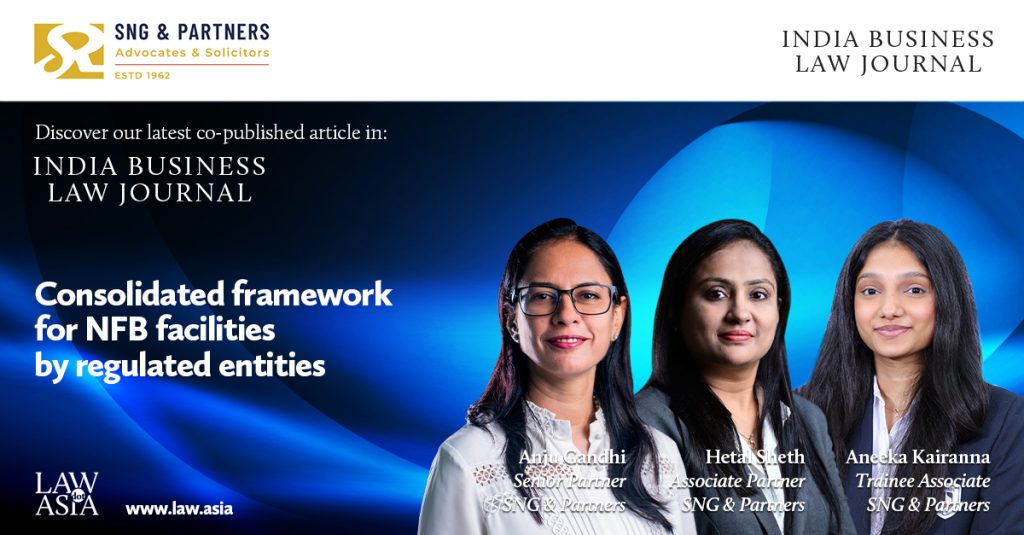In order to protect businesses from being dragged into bankruptcy proceedings in the wake of the COVID-19 pandemic outbreak, an ordinance was promulgated on June 5, 2020, suspending the Insolvency and Bankruptcy Code (IBC).
Subsequently, the suspension was extended till March 31, 2021, keeping the IBC in a state of dormancy for a period of one year. Although new bankruptcy cases could not be tried under the IBC, lenders had recourse to the stressed asset resolution framework of RBI as per a circular issued on June 7, 2019.
The framework is the most relevant and effective mechanism. It provides a prudential framework for banks and NBFCs to recognise and report the defaults with complete freedom to design and implement the resolution plan inter-se between borrower and lender(s).
The framework also aligns the definition of “financial difficulty” with the guidelines issued by the Basel Committee on banking supervision.
While exercising the stressed asset resolution option lenders may face the following situations; SMA 0 where the overdue payment is for 1-30 days, SMA 1 where overdue payment is for 31-60 days and SMA 2 where overdue payment is for 61-90 days.
Similar separate provisions are available in respect of revolving credit where SMA 1 and SMA 2 categorisation is applicable. Lenders are first expected to carry out a review within a period of 30 days before any action is initiated.
The proposed actions could be either implementation of resolution plan as agreed amongst borrower and lenders or even an action under IBC.
The resolution period should be limited to 180 days if lenders opt to resolve by (a) not opting to approach the NCLT under IBC, and (b) not opting for a change in management.
For restructuring resolutions, all have to agree for ICA, where decision making will be done when a matter has consent from lenders representing 75% of total outstanding credit by value and 60% by number.
A borrower may be subject to additional provisioning of 20% if a resolution couldn’t be implemented within a period of 180 days after the expiry of the review period and this may need to be increased by another incremental provisioning of 15% if the delay continues for 365 days or more.
The resolution plan also prescribes that where the exposure is of Rs 100 crore and above, an aspect of the Independent Credit Evaluation (ICE) for the residual debt has been prescribed. Exposure of Rs 500 crore and above will require 2 ICE and exposures below Rs 500 crore will require 1 ICE.
As the COVID-19 pandemic started impacting the Indian economy and various businesses comprised therein, the government and RBI swing into action and introduced the Emergency Credit Line Guarantee Scheme (“ECLGS”), of which four versions till now have come into effect namely, ECLGS 1.0, ECLGS 2.0, ECLGS 3.0 and ECLGS 4.0.
The ECLGS scheme enables eligible borrowers to avail of additional credit assistance backed by 100% guarantee coverage by the government to banks and NBFCs.
It is important to note that entities that will be entitled to seek assistance under the categorisation of MSME should comply with either of the following criteria:
1. Micro industries with the plant and machinery cost not exceeding Rs 1 crore and annual turnover not exceeding Rs 5 crore.
2. Small industries with plant and machinery cost not exceeding Rs 10 crore and annual turnover not exceeding Rs 50 crore; and
3. Medium industries plant and machinery cost not exceeding Rs 50 crore and annual turnover not exceeding Rs 250 crore.
These figures do not take into account the export turnover. The borrower needs to fall in the above-identified categories and no restructuring should have been done under the provisions of Circular 1.0.
GST registration is mandatory as the consent of the lender and borrower is required for the application which should be made on or before September 30, 2021.
The application should be decided within 30 days of submission and each bank is free to pursue its own policy on restructuring.
The restructuring should be implemented in 90 days with 10% of the residual debt to be provided by the bank in its balance sheet. Any new limits under restructuring should be revived every 6-12 months.
Criteria common to ECLGS 3.0 & ECLGS 4.0
The scheme is valid only for existing customers on the books of the MLI. Business Enterprises/MSME borrowers must be GST registered in cases where such registration is mandatory. This condition will not apply to business enterprises/MSMEs that are not required to obtain GST registration.
The last date of disbursement under a fund-based facility shall be December 31, 2021. The last date of LC under non-fund facility under ECLGS 4.0 shall be December 31, 2021.
The facility granted under ECLGS 3.0 & 4.0 shall rank the second charge with existing credit facilities in terms of cash flows (including repayments) and security, with the charge on the assets to be created on or before September 30, 2021, or date of NPA, whichever is earlier.
The stipulation of the second charge has been waived in respect of all loans up to Rs 25 lakh (outstanding as of February 29, 2020, plus loan sanctioned under GECL), subject to member lending institution ensuring to safeguard the interests of NCGTC.
No additional collateral is required for additional funding under GECL.



